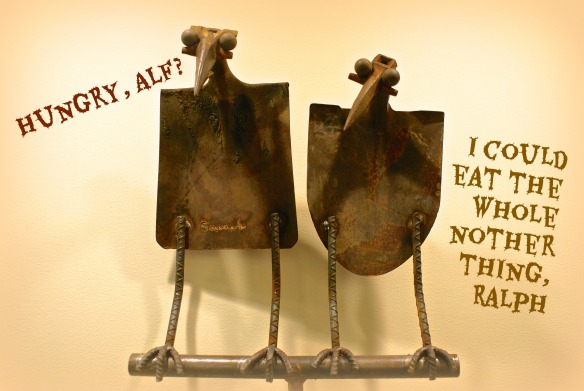
My dear Garden of Grammar. I’ve neglected it since we examined Apples to Apple’s. I’m back now, and yanked out the ain’t weeds, cuz crabgrass and sprayed for I seen no-see-ums. It’s finally ready for us to continue our visit.
Moving to Plot Two, we first check on the to seedlings. If they have sprouted an extra o they no longer mean to-as-in-toward but too-as-in-also. Keep your two, to and too seeds separate. If they give you grief, remember what we tell fledgling gardeners—the too meaning also or in addition to has an ADDITIONAL o.
Not so serious as apostrophe aphids and a missing/spare o, but still pesky, the roaming n bears watching. It leeches onto the others skipping behind whole. “A whole nother problem?” Not if you are on the alert. Grab “n” and snip it right off the other.
Let’s stop a moment and admire the neat, straight rows of simple sentences. You know the ones. Tidy, easy to grow, these independent little basic clauses seldom give any headaches.
“This garden is lovely.”
“Aren’t action verbs fun?’
“Your prepositions are looking quite vigorous.”
Orderly rows of sentences with no meandering, they express just one idea and do it without any help. Not a comma, colon, semicolon or em-dash in sight.
Simple sentences are easy to grow and till and understand, but sometimes we long for complexity. That is why grammar gardens always include a trellis for sentence hybrids.
Come back sometime soon to admire our Sentencus Compound-Complex
trellis

So, using too correctly isn’t a mere spelling issue? 🙂
Definitely an error in seedling identification.